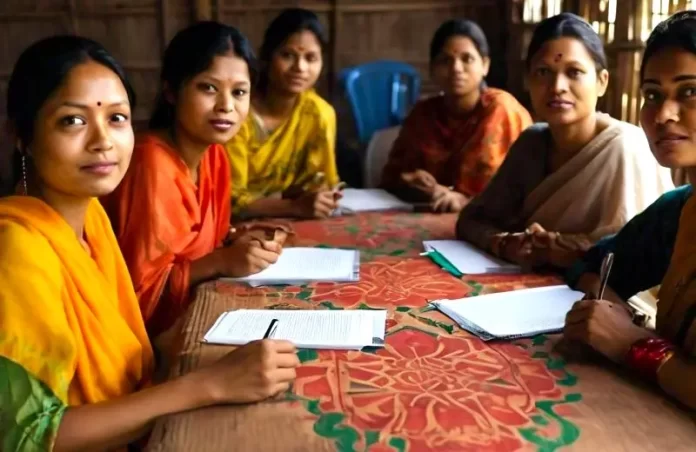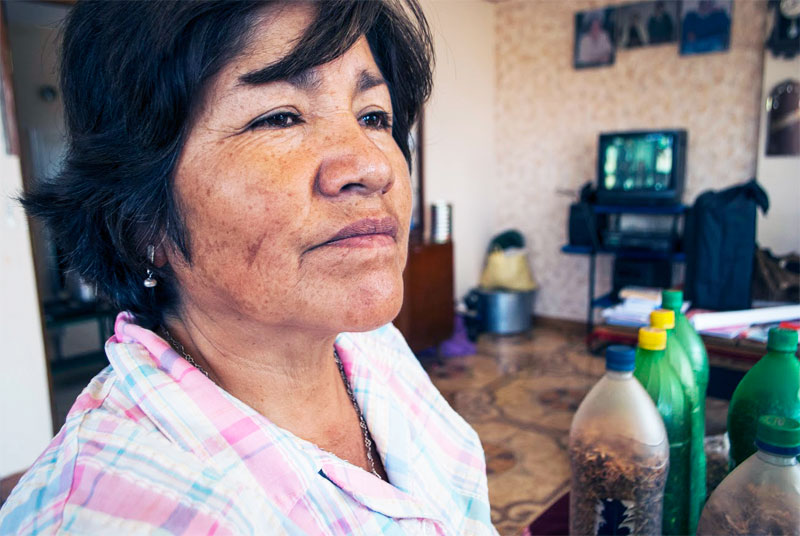

by Liz Ha
The violence and refugee crisis spilling over from the war in Sudan and into surrounding countries reminds us of remnants of well-meaning but failed programs to improve the lives of people in Africa and the Global South. One of these efforts has been microfinance, which has always existed in some form. In the mid-2000s it rose to international fame when the UN declared 2005 the Year of Microfinance, and Muhammad Yunus and the Grameen Bank won the Nobel Peace Prize in 2006. Despite the widespread accolades and seeming success, this idea soon slipped from its pedestal.
As commercial lenders moved in, they were eager to experience high repayment rates and capture some of the profit for their investors. In some regions the market became saturated, with microfinance clients borrowing from one lender to repay another, rather than borrowing to invest in their businesses. Many loan recipients were not adequately prepared to take on a loan and start a business. Tragically, in 2010, a number of women in Andhra Pradesh, India took their own lives due to over-indebtedness.
A series of impact studies showed that microfinance had mixed results. Charging affordable interest rates and offering training as well as loans simply wasn’t profitable – and profitable microfinance did not have the full effect of economic gains that was intended. A course correction was needed.
Enter savings-led microenterprise, which has myriad benefits beyond personal economic security, ranging from peace-building to community development. No loan capital is provided. In parts of Africa, South America and Asia, local trainers work with groups of twenty to thirty people to save their own money in a loan pool – and it is this money which they lend to one another.
The process inspires entrepreneurship in the context of community support, mentorship, and accountability. Social capital in these groups runs deep; shared goals and friendships develop as individuals become investors. After learning and saving together, members then present pitches to get loans to start small businesses.
A South Sudanese woman whose village was a nine-hour walk to the closest medical facility borrowed money to contract a doctor for her village. She went on to lead the development of the first medical clinic in her area that serves over 8,000 residents.
One woman in Kenya whose region had no source of gasoline took out a loan to begin selling fuel out of a jerry can container and after reinvesting, now has an entire gas station and auto parts store. Another enterprising woman in South Sudan whose village was a nine-hour walk to the closest medical facility borrowed money to contract a doctor for her village. She went on to lead the development of the first medical clinic in her area that serves over 8,000 local residents.
Group peacebuilding impacts are also evident. In South Sudan, over ninety percent of participants in a trauma workshop took personal action to increase trust and peace in their community and advocated for peace, intentionally building bridges with people from other ethnic groups.
An independent study in 2023 of a microenterprise effort for 144,000 participants in Burundi shows significant gains over the last decade even during periods of political instability, violence, and wide-ranging sanctions. The average monthly savings among participants more than doubled. Ninety percent of women started a business, and over eighty percent have two or three businesses. Over ninety percent of all participants employ at least one other person in their businesses. Early in the program, close to half indicated that they had opened an individual account at a bank or cooperative, which is difficult at best in rural Africa.
Almost all can now afford health insurance, have better quality housing, and can afford higher education for their children – a stabilising effect. They develop agency to shape their own futures and break cycles of generational poverty, which is at the root of many seemingly intractable issues.
Community-led investment emphasizes personal responsibility and lifts the most vulnerable.
Community-led investment emphasizes personal responsibility and lifts the most vulnerable. We hope this is the wave of the future for Africa and other regions of the world experiencing extreme poverty.
Elizabeth Kim Ha (Liz) is the Chief Executive Officer of Five Talents USA. For over twenty years, Liz has dedicated her career to international bridge building, care and restoration of vulnerable communities, and the empowerment of marginalized women and children. She has held leadership positions at several non-profit organizations, including the China Institute, Cru, and Jill’s House.










